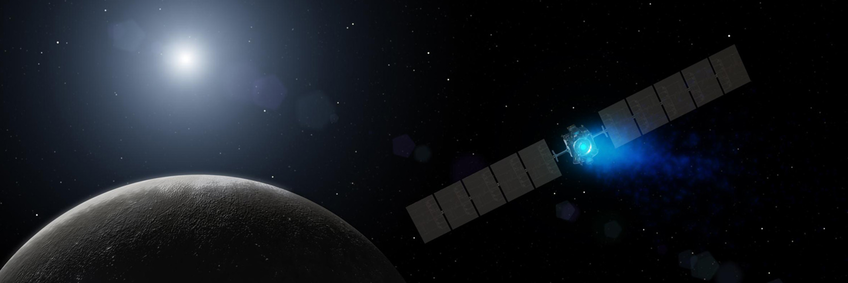After a hibernation period of approximately six months, the framing cameras on board NASA’s space probe Dawn have again ventured a look into the stars. The tests, which were performed by scientists from the MPS, are part of the preparations for Dawn’s arrival at the asteroid Vesta at the end of July. “The camera system is working flawlessly. The dry run was a complete success,” says Dr. Andreas Nathues, Framing Camera Lead Investigator.


